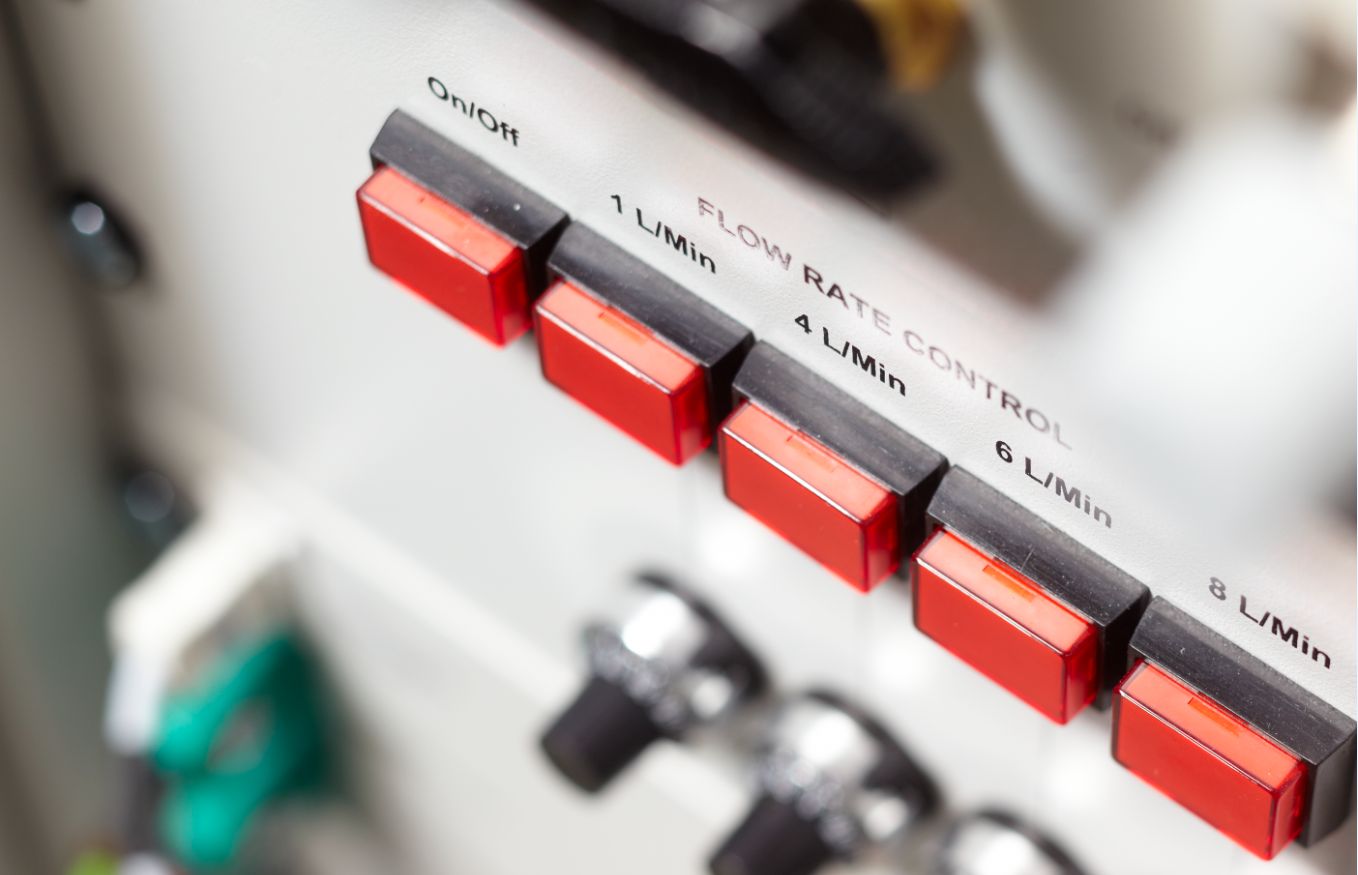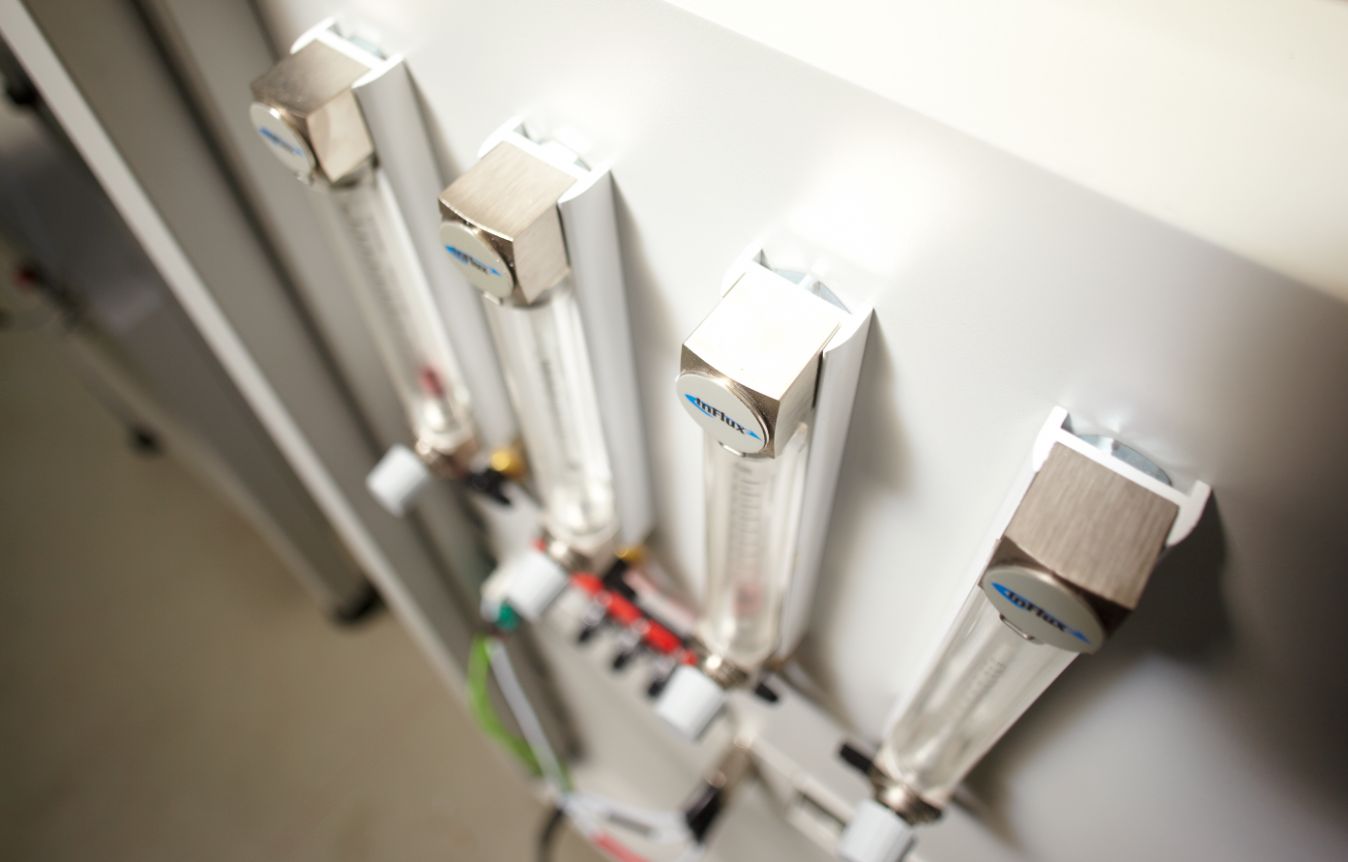A few tips to remember when troubleshooting your fire testing equipment
How can you identify a potential issue before it shows up as erroneous data?
One of the biggest fears of any lab is unknowingly providing bad data to the end user. Understanding how your test equipment works and behaves under normal circumstances is important as this will help you identify abnormalities as soon as they start happening.
Routine testing of a reference material:
One of the most effective ways to check your equipment is through routine testing of a reference material. A change in results when testing a reference material is cause for immediate investigation. It could simply mean it is time for a deep clean or it could be a sign of a more serious issue.
A sudden change or constant drift in a calibration constant (e.g.: C-factor of a cone calorimeter):
A sudden change or constant drift in a calibration constant could mean there is an issue. A thorough understanding of how the calibration constant is calculated will help determine what the change means. Any change in a normal operating parameter or setting should be investigated – for example, if you always set your exhaust fan at 50% but today you need to set it at 60%, for the desired flow rate – then take the time to investigate why. The same can be said for any parameter or setting – e.g: flow rates, valve positions etc.
Use a methodical approach to determine the cause of an issue:
Once you have identified something is different, the difficult part is to determine the cause. Start by considering the symptoms. For example, pressure drops are obvious signs of a potential leak. No lab should be without a bottle of leak detection fluid (such as Snoop by Swagelok) which will aid the finding of leaks in positive pressure lines. (Note that in negative pressure lines, such as the sampling system on a Cone Calorimeter, the fluid must not be used.) Ensure lab staff know what a leak looks like with Snoop – loosen a fitting and demonstrate how the fluid reacts to a leak so staff know what to look for, as it is very easy to chase a phantom leak cause of the stationary bubbles formed by the leak detect fluid. This example is just one of the many common ones seen. However, the same methodical process to troubleshooting applies, whether it is a calibration issue, a change in a parameter or a discrepancy in the test data.
Ensure you equipment is regularly maintained and calibrated:
You cannot rely on parameters being correct if your critical equipment is not routinely calibrated. For example, how would you know if the Cone Calorimeter’s C-factor is correct if the methane mass flow meter is not in calibration? For a list of which equipment requires calibration and/or verification, use the operating manual or standard to which you are testing to verify.
These tips highlight the importance of lab staff having a solid foundation in the operating principles of the test equipment they are using. This will not only help immediately identify when something is incorrect, avoiding bad data being produced, but also easily allow a methodical process of troubleshooting the issue. Speak to FTT’s support team if you would like to provide training to lab staff or if you are experiencing difficulty in diagnosing an issue with your testing equipment.


